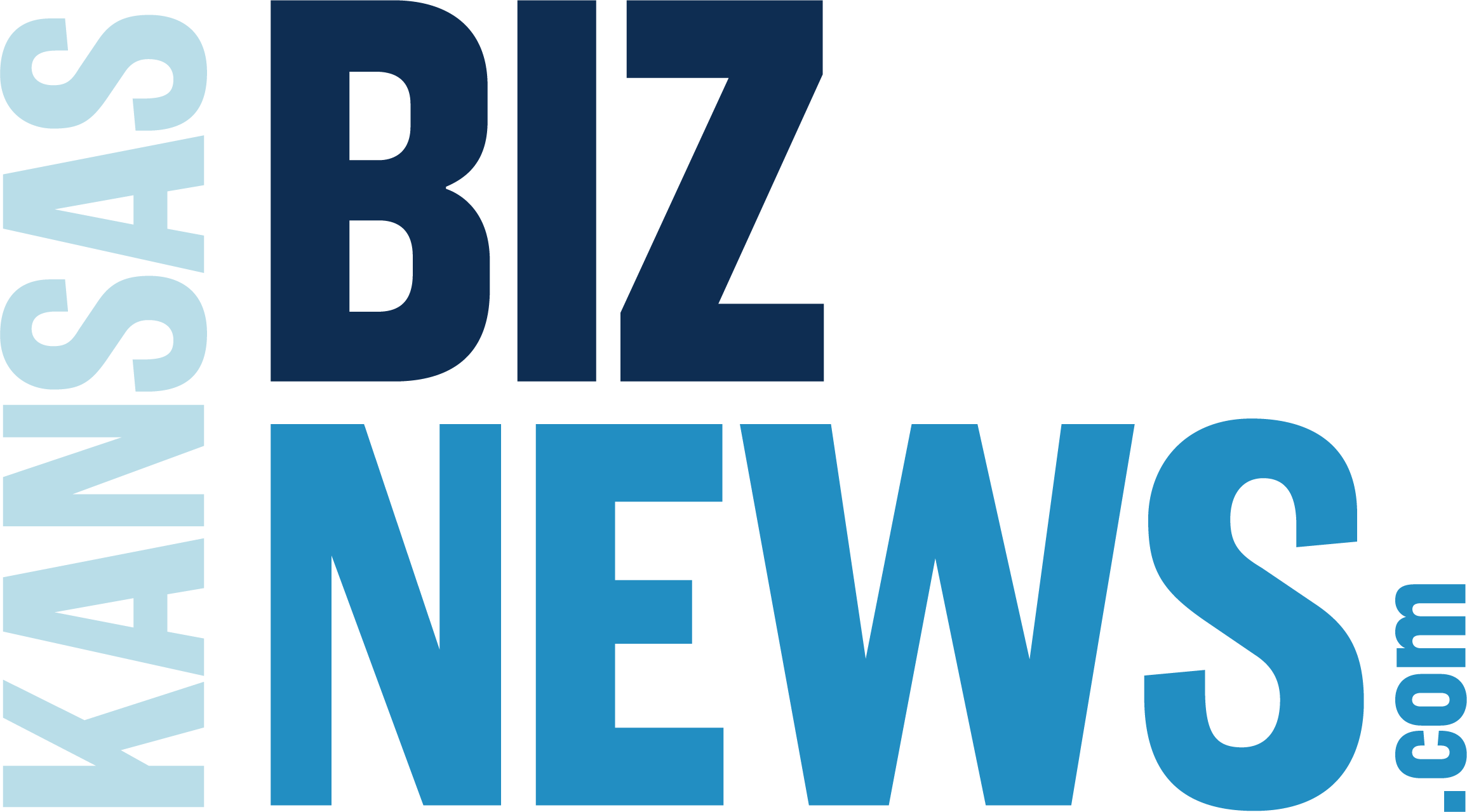The 2023 Kansas Competitiveness Blue Book compares data-driven information on the state’s economic health to the rest of the country on how it performs in a number of key indicators.
A project of the Kansas Chamber Education Foundation, Kansans are encouraged to use the Blue Book as a resource as we work together to remove barriers to our state’s business and economic success to increase prosperity for all Kansans.
This spotlight on how Kansas competes in Human Resources is the fourth of a series of eight spotlights.
Spotlight on Human Resources
With a state population of just under 3 million and a very low population growth rate, Kansas faces a competitive challenge to supply the workers needed for growth. Since 2010, the total net growth in the state’s labor force has been just more than 3,000.
Population Growth in Kansas Is Minimal
Blue Book data point: Kansas ranks as the 35th largest state by population and saw a population increase of just 1,298 in the last year. About 45% of the population falls in the traditional working-age range of 18 to 64 years old. Kansas is 30th in the U.S. for net migration, with 94,648 more people moving into the state than moving out from July 2018-July 2019.
Why it matters: As Kansas treads water in terms of overall population, we are seeing disproportionate aging in our state’s workforce, with about a quarter of the population in the 45-64 age range compared to about 21% of the population ages 18-44. This combination will require a focus on attracting more people to the state to fill jobs that are critical to the economy, as well as making conditions attractive for older workers to voluntarily extend their time in the workforce.
State and Local Government Employment Is High Relative to Population
Blue Book data point: State and local governments in Kansas have 49,402 full-time employees, with payroll of $262.5 million.
Why it matters: Kansas is 33rd out of the 50 states for the number of people employed by state and local governments, while the state is only the 35th largest by population. This means more people are employed by government than might be expected relative to population size, with a potential negative impact of the private sector being forced to compete with government for employees in a low population growth environment.
Private-Sector Union Membership in Kansas Is Higher than Other States
Blue Book data point: At 9.2%, Kansas has the 20th highest percentage of union members as a share of total employment, with 20% of public employees in unions and 6.9% of private-sector workers in unions.
Why it matters: With a private-sector union participation rate higher than 32 other states, Kansas could face challenges related to wage inflation and work stoppages that harm competitiveness and business agility.

Unemployment, Work Comp Policies Impact Business Expenses
Blue Book data point: Kansas has the 23rd highest unemployment insurance taxes in the country and pays the 16th highest weekly unemployment benefit amount. In the area of worker’s compensation benefits, the state has the 33rd most jobs covered by work comp while being ranked 31st in the country for the total amount of benefits paid (2019).
Why it matters: Policies must be considered in terms of both benefits and costs. Higher than average unemployment benefits may be correlated to higher unemployment insurance taxes. On the flip side, good workplace practices may lead to lower-than-expected work comp benefit payouts. The right balance is essential.
Takeaways
- Kansas must emphasize low-tax and family-friendly policies that encourage population stability and growth to guard against economic contraction caused by a lack of qualified workers and an aging population in the state.
- We must defend the recently reformed workers’ compensation system with policies that fairly compensate workers legitimately injured performing job duties, while maintaining low costs for employers.
- We must maintain the integrity of the Employment Security Trust Fund and accurately reflect the employer experience rating when determining contribution rates.
- We must maintain fair labor practices by opposing unfair advantages for union organizations.
- Kansas needs to keep a watchful eye on the number of state and local government employees that may exacerbate private-sector workforce shortages.
Click here to read more about how Kansas competes in the 2023 Blue Book.



